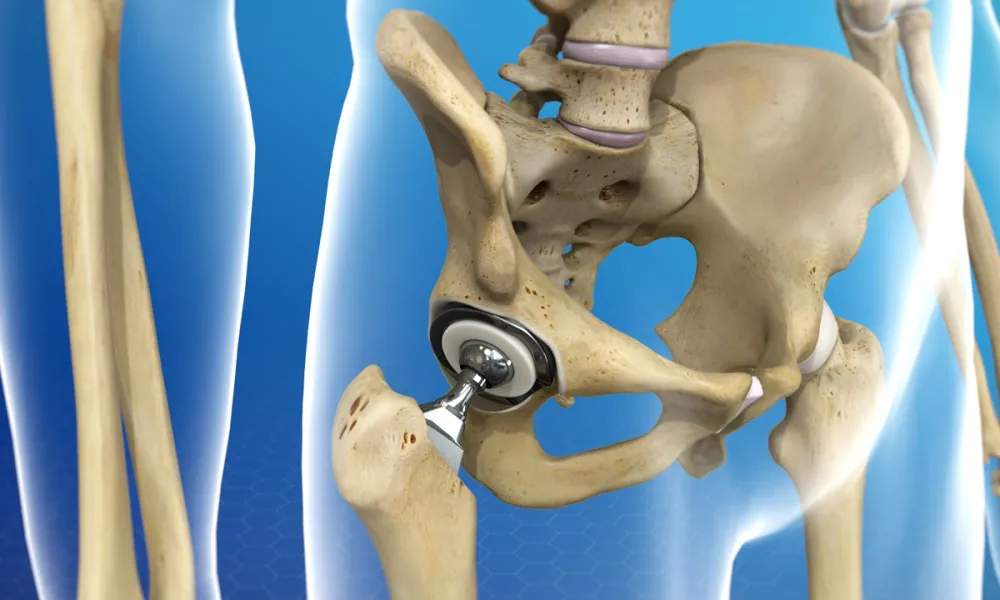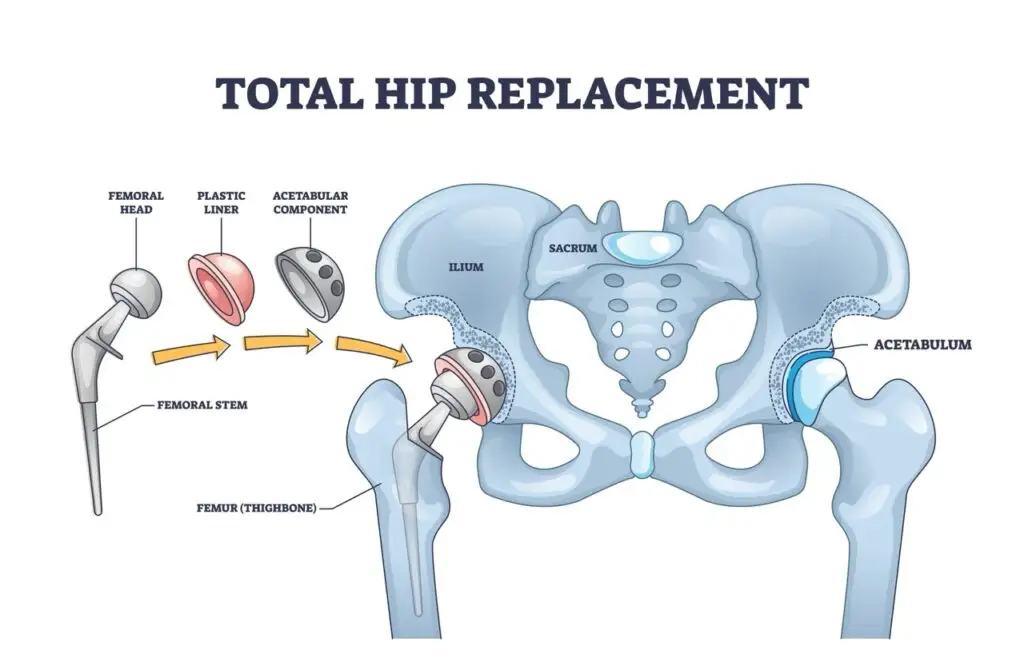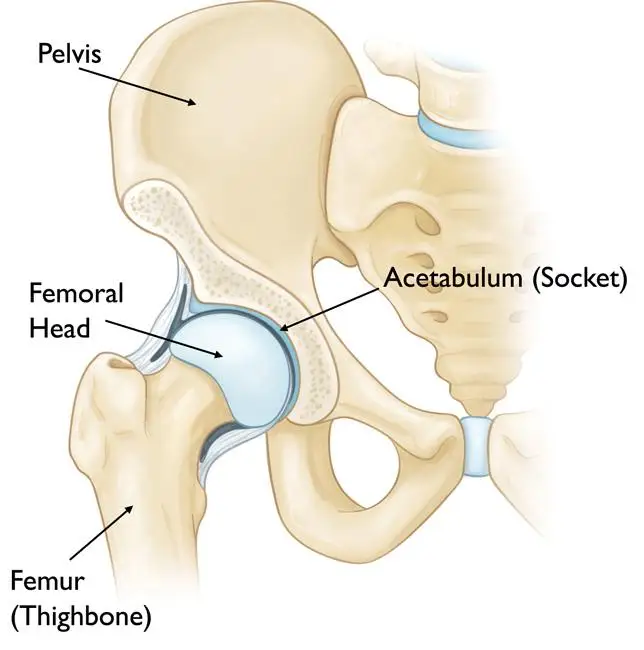Introduction
Hip replacement surgery, also known as total hip arthroplasty, is a transformative procedure that replaces a damaged hip joint with an artificial one, significantly reducing pain and enhancing mobility. This surgery is a beacon of hope for individuals suffering from debilitating hip conditions such as osteoarthritis, rheumatoid arthritis, or hip fractures. As medical tourism gains traction globally, Iran has positioned itself as a leading destination for this procedure, offering high-quality care at affordable prices. This comprehensive guide aims to equip patients with all the necessary information about hip replacement surgery in Iran, from the procedure details to the unparalleled support provided by the Hayyan team, ensuring a seamless medical journey.

What is Hip Replacement Surgery?
Hip replacement surgery involves the removal of damaged sections of the hip joint and their replacement with prosthetic components, typically made of metal, ceramic, or plastic. The hip is a ball-and-socket joint, where the femoral head (ball) fits into the acetabulum (socket) of the pelvis. In a total hip replacement, both components are replaced, while partial replacements or resurfacing may be used in specific cases. The procedure aims to alleviate pain, improve joint function, and enhance quality of life, making it one of the most successful orthopedic surgeries, with over 450,000 procedures performed annually in the US alone, according to the Agency for Healthcare Research and Quality.
Reasons for Hip Replacement
Hip replacement is typically recommended when conservative treatments like medication, physical therapy, or lifestyle changes fail to relieve severe hip pain or disability. Common conditions necessitating the surgery include:
- Osteoarthritis: The most frequent cause, characterized by cartilage wear, leading to pain and stiffness.
- Rheumatoid Arthritis: An autoimmune condition causing joint inflammation and damage.
- Osteonecrosis: Bone tissue death due to disrupted blood supply, often resulting in joint collapse.
- Hip Fractures: Common in older adults, particularly from falls, requiring partial or total replacement.
- Developmental Hip Dysplasia: A congenital condition where the hip joint develops abnormally.
Patients experiencing persistent pain despite medication, difficulty walking, or impaired daily activities are prime candidates for this surgery, as outlined by the Mayo Clinic.
Types of Hip Replacement Surgeries
Total Hip Replacement (THR)
Both the femoral head and acetabulum are replaced with prosthetic components, the most common procedure for arthritis-related damage.
Partial Hip Replacement (Hemiarthroplasty)
Only the femoral head is replaced, often used for hip fractures in older patients with a healthy acetabulum.
Hip Resurfacing
The femoral head is capped with a metal prosthesis, and the acetabulum is fitted with a metal cup, preserving more bone and suitable for younger, active patients.
The choice of procedure depends on the patient’s age, activity level, and the extent of joint damage, as advised by orthopedic surgeons, per HSS.

Preparing for Hip Replacement Surgery
Preparation is critical for a successful outcome and involves multiple steps:
- Medical Evaluation: A comprehensive health assessment, including medical history and physical exams, ensures surgical suitability.
- Imaging Tests: X-rays, MRIs, or CT scans evaluate joint damage and guide surgical planning.
- Preoperative Education: Patients learn about the procedure, recovery expectations, and home preparation, such as installing raised toilet seats or shower chairs.
- Lifestyle Modifications: Weight loss, smoking cessation, and managing chronic conditions like diabetes reduce surgical risks.
- Preoperative Exercises: Physical therapy strengthens hip muscles, enhancing postoperative recovery.
- Medication Management: Adjustments to medications, such as stopping blood thinners, are coordinated with healthcare providers.
- Support Arrangements: Patients arrange for post-surgery assistance at home, as mobility may be limited initially.
These steps, detailed by UCSF Health, optimize surgical outcomes and recovery.
The Surgical Procedure
Hip replacement surgery, lasting 1-2 hours, is performed under general or spinal anesthesia. The process includes:
- Incision: An incision is made over the hip, using posterior, anterior, or lateral approaches based on the surgeon’s expertise and patient anatomy.
- Removal of Damaged Tissue: Diseased cartilage and bone are removed from the femoral head and acetabulum.
- Implantation of Prosthesis: An artificial socket is secured in the pelvis, and a metal stem with a replacement ball is inserted into the femur.
- Closure: The incision is closed with sutures or staples, and a dressing is applied.
Advanced techniques, including robotic-assisted surgery, may be employed for precision, as noted by HSS.

Risks and Complications
While hip replacement is generally safe, potential risks include:
- Infection: Occurring at the incision or around the prosthesis, potentially requiring additional surgery.
- Blood Clots: Deep vein thrombosis or pulmonary embolism, mitigated by early movement and blood thinners.
- Dislocation: The artificial joint may dislocate, especially early post-surgery, requiring bracing or revision.
- Fracture: Bones around the joint may break during or after surgery, needing fixation.
- Leg Length Discrepancy: Minor differences may occur, often resolving with time.
- Loosening or Wear: Prostheses may loosen over years, necessitating revision surgery.
- Nerve Damage: Rare, causing numbness or weakness.
Modern techniques and postoperative care minimize these risks, with complication rates below 5%, according to the Mayo Clinic.
Recovery and Rehabilitation
Recovery involves several phases:
- Hospital Stay: Typically 1-3 days, with pain management, wound care, and initial physical therapy.
- Early Mobilization: Patients begin walking with walkers or crutches within hours, reducing complication risks.
- Physical Therapy: A structured program restores strength, flexibility, and gait, continuing for weeks to months.
- Home Care: Precautions like avoiding leg crossing or excessive hip bending prevent dislocation.
- Follow-up Visits: Regular surgeon check-ups monitor healing and progress.
Most patients resume normal activities within 3-6 months, with full recovery possible within a year, as per University of Utah Health.

Long-term Outcomes
Hip replacement boasts a high success rate, with studies showing:
- Pain Relief: 90% of patients with moderate pain and 89% with severe pain report mild or no pain five years post-surgery.
- Functional Improvement: 70-80% of patients experience minimal limitations in daily activities.
- Prosthesis Longevity: Modern implants last 15-20 years, influenced by age and activity level.
These outcomes, reported by the Arthritis Foundation, highlight the procedure’s efficacy.
Cost of Hip Replacement Surgery
Costs vary significantly by country, with Iran offering substantial savings:
Cost Comparison Table
| Country | Average Cost (USD) |
|---|---|
| United States | $28,000 - $40,000 |
| United Kingdom | $14,000 - $18,000 |
| Germany | $7,500 - $12,000 |
| India | $7,000 - $10,000 |
| Poland | $5,500 - $8,000 |
| Iran | $3,000 - $8,500 |
Iran’s costs, ranging from $3,000 to $8,500, reflect high-quality care at 50-70% savings compared to Western nations, as noted by AriaMedTour and Medipars.
Why Choose Iran for Hip Replacement Surgery
Iran stands out as a medical tourism hub due to:
- Affordability: Costs are significantly lower than in the US, UK, or Europe, with hip replacements starting at $3,000.
- Skilled Surgeons: Iranian orthopedic surgeons are board-certified, often with international training, ensuring high success rates above 95%.
- Advanced Facilities: Hospitals use state-of-the-art technology, including MRI, CT, and robotic systems, meeting global standards.
- Short Waiting Times: Unlike some countries with long waitlists, Iran offers prompt scheduling.
- Cultural Experience: Patients can explore Iran’s rich history and landscapes, enhancing their medical trip.
- Comprehensive Care: Medical tourism agencies provide end-to-end services, from visas to postoperative support.
These advantages, highlighted by Iran Health Agency, make Iran an attractive choice.

How the Hayyan Team Can Help
The Hayyan team, presumed to be a dedicated medical tourism agency, offers unparalleled support to international patients:
- Visa Assistance: Streamlined medical visa applications.
- Travel Coordination: Airport transfers and accommodation in comfortable hotels or recovery centers.
- Medical Arrangements: Coordination with top surgeons and hospitals.
- Translation Services: Overcoming language barriers for clear communication.
- Postoperative Care: Scheduling follow-ups and rehabilitation.
- Tourism Opportunities: Arranging cultural tours to enhance the patient experience.
- 24/7 Support: Continuous assistance throughout the stay.
This comprehensive care ensures patients focus on recovery while enjoying Iran’s hospitality, aligning with services offered by agencies like AriaMedTour.
Frequently Asked Questions
FAQs
What is the success rate of hip replacement surgery? Over 90% of patients experience significant pain relief and improved function, per Arthritis Foundation.
How long does the surgery take? Typically 1-2 hours, depending on the complexity.
What is the recovery time? Patients walk with assistance within days and resume normal activities in 3-6 months.
Are there restrictions after surgery? Avoid high-impact activities and follow movement precautions to prevent dislocation.
How long does the artificial hip last? Modern prostheses last 15-20 years, influenced by patient factors.
Is the surgery painful? Pain is managed effectively, with less pain post-recovery than pre-surgery.
Can I travel after surgery? Long-distance travel is recommended after 4-6 weeks.
What are signs of complications? Increased pain, swelling, redness, fever, or mobility issues warrant immediate medical attention.
Is physical therapy necessary? Yes, it’s essential for strength and mobility recovery.
Why choose Iran for surgery? Affordable costs, skilled surgeons, advanced facilities, and comprehensive patient support make Iran ideal.
